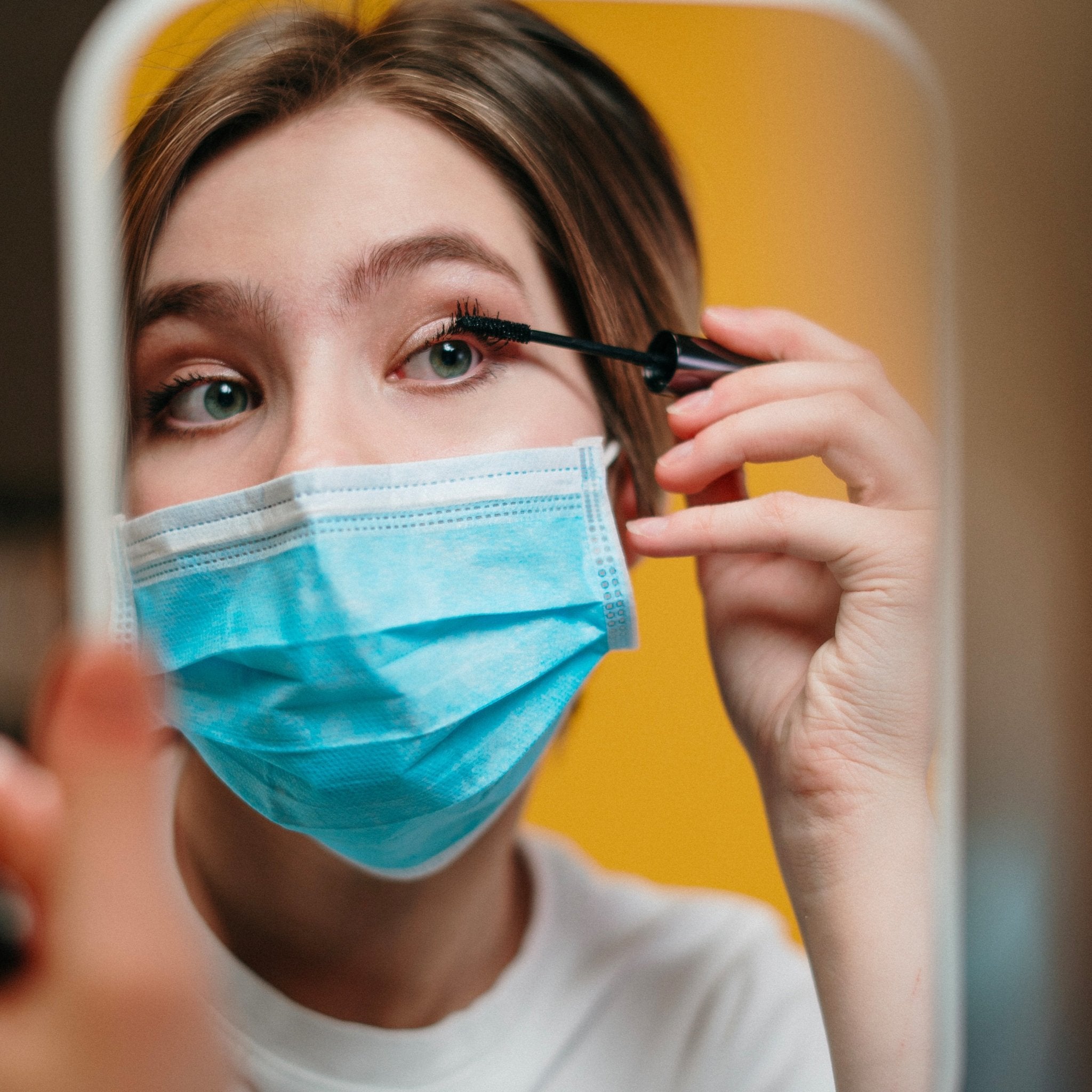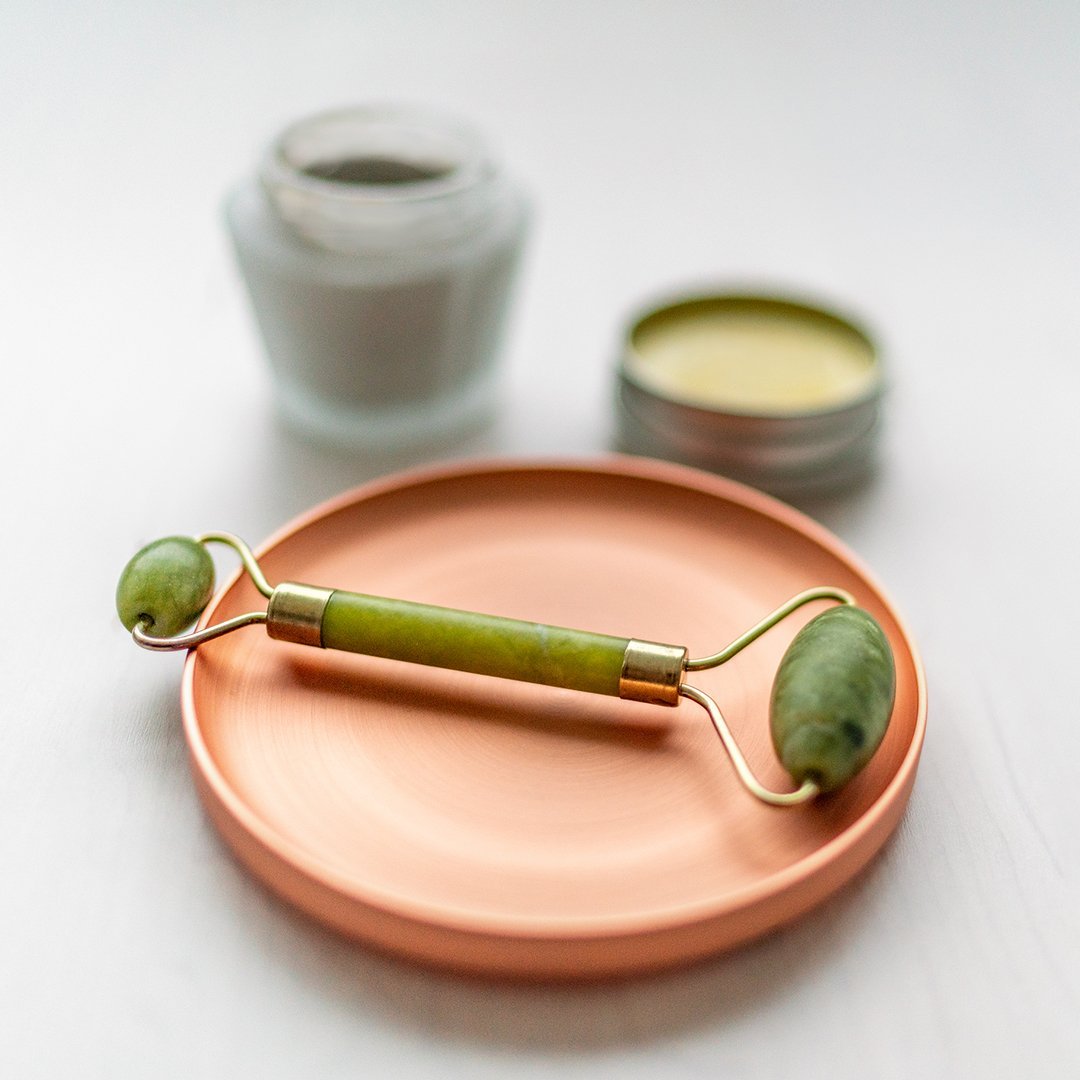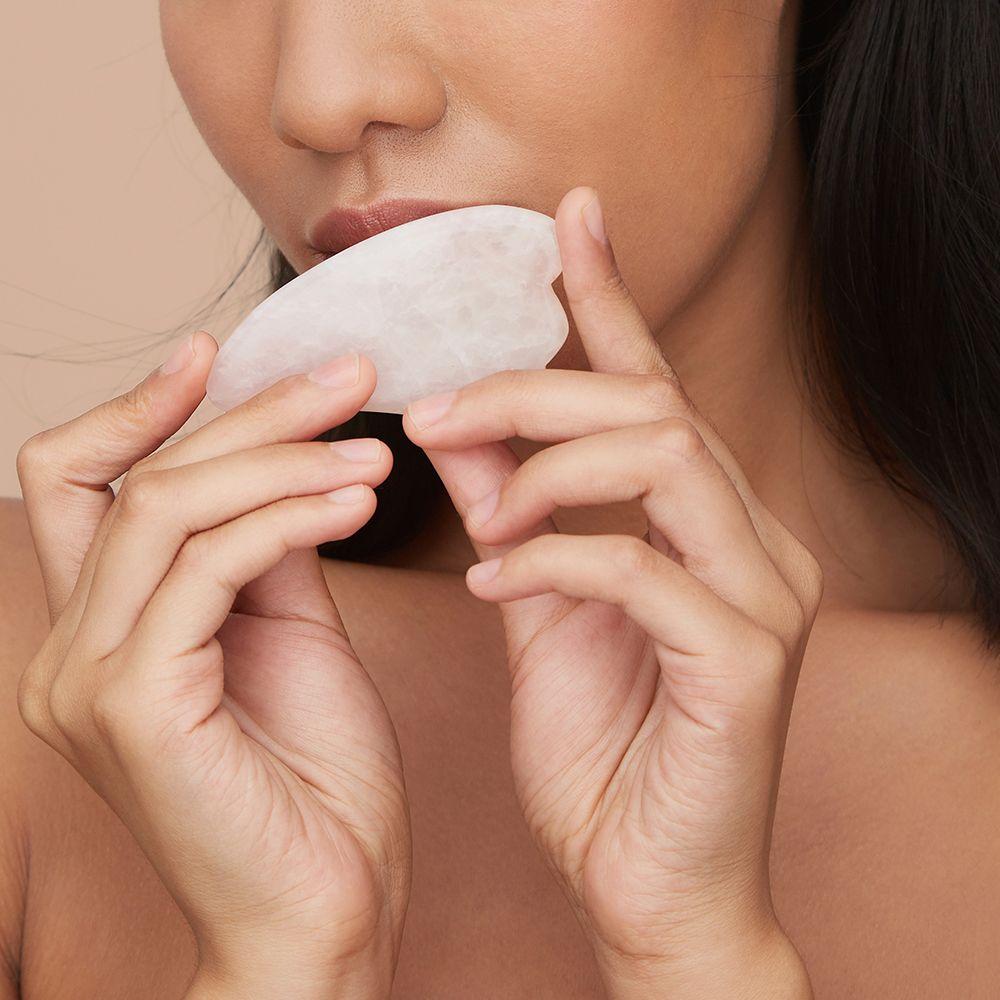What is mascné and how does it manifest itself?
It's back-to-school time, and with the mandatory wearing of masks (cloth, surgical or FFP2) both outdoors and in the workplace, you're no doubt noticing that small pimples are appearing on your face, accompanied by redness.
This phenomenon is not due to chance and even has its own name, " maskne ", nicknamed by the Anglo-Saxons, which is a contraction of "mask" and "acne".
In French, we use the terms "mascné", "maskné" or "mask-né" to describe this new scourge.

What effect does the mask have on the skin?
Wearing a mask is the best way to protect yourself and others from Covid-19, but prolonged use can cause skin reactions on the face.
So why do masks encourage the appearance of pimples?
-
Protective masks generate more heat and humidity
The air you exhale is concentrated in a small space because the mask is hermetically sealed, which can causehumidity to the point of wetting it.
As the skin on the face is very thin, the friction caused by the mask can be a source of lesions andirritation.
This friction can create micro-tears in which bacteria can nestle, leading to the appearance of pimples.
-
Wearing a mask increases perspiration
Especially in hot weather, breathing under your mask increases perspiration significantly. This can lead to a greater accumulation of sebum, which in turn encourages the proliferation of bacteria.
-
The mask prevents the skin from breathing
Wearing a mask makes it harder to remove dead skin and skin secretions.
How can you keep your skin looking beautiful while wearing your protective mask?
Don't let the mascne stop you from wearing your mask, especially during the current coronavirus epidemic. It helps you protect yourself and others.
So which type of mask is best?
Choosing the right mask to prevent pimples
-
The fabric mask
If you've opted for a fabric mask, remember to wash it regularly. Take care of it not only to keep it effective, but also to prevent the proliferation of bacteria. Also pay attention to the type of detergent used for washing, and be sure to rinse and dry it thoroughly.
If irritation persists, the problem may be directly linked to the fabric of your mask. Avoid synthetic materials like neoprene and rough materials like linen.
Choose soft materials such as cotton to help your skin breathe better.
-
The surgical mask
If you have chosen the surgical mask, remember to change it regularly. This is a single-use mask, and should be changed after at least 4 hours of use. If you notice that it becomes damp before this time, change it.
Whatever type of mask you choose, make sure it's not too tight to avoid irritating the skin around your nose and upper cheeks.
Adapting your beauty routine while wearing a mask
Now that you know all about mask hygiene, we've also prepared a beauty routine designed to prevent and treat mascara.
-
The morning
You can pamper your skin as soon as you wake up, by applying a moisturizer like Hydra Beauty Camellia Water Cream by Chanel, which will help protect your skin from irritation caused by friction.

To avoid suffocating your skin any further, it would be ideal to stop wearing make-up. However, if you still want to wear make-up under your mask to even out your complexion and reduce imperfections, use non-irritating, non-aggressive cosmetics. Opt for light make-up to avoid clogging pores. For this, Estée Lauder DayWear BB Cream is ideal.

-
The day
Avoid touching your face and drink plenty of water to stay well hydrated.
You can also use a water mist such as Eau Florale by Sisley, which will bring freshness and soothe your skin.

-
In the evening
When you come home at night, remove your make-up and cleanse your skin thoroughly.
Use exfoliating products sparingly so as not to aggress your skin. Instead, apply a night cream to help your skin regenerate and ensure deep moisturizing for a radiant complexion when you wake up. We recommend Polaar's Revitalizing Polar Night Cream.

Finally, you can also place your cosmetics in the Refrigerated Beauty Box. Applying cosmetics kept cool will soothe irritation.
The effect of cold will also provoke vasoconstriction and tighten the pores to limit sebum secretion.

If, despite all these precautions, your pimples persist, don't hesitate to consult a dermatologist.


